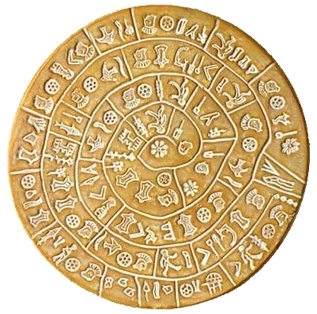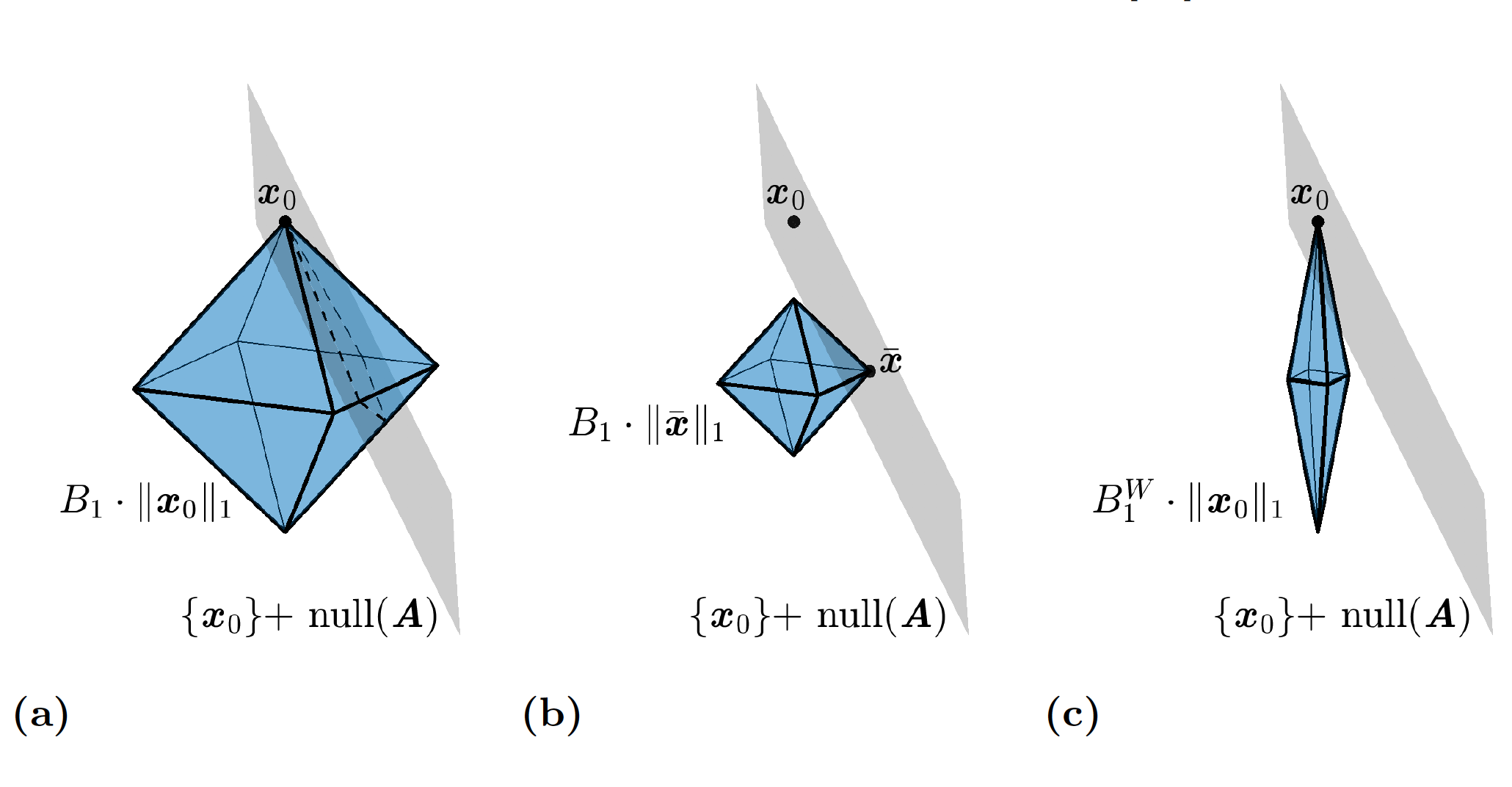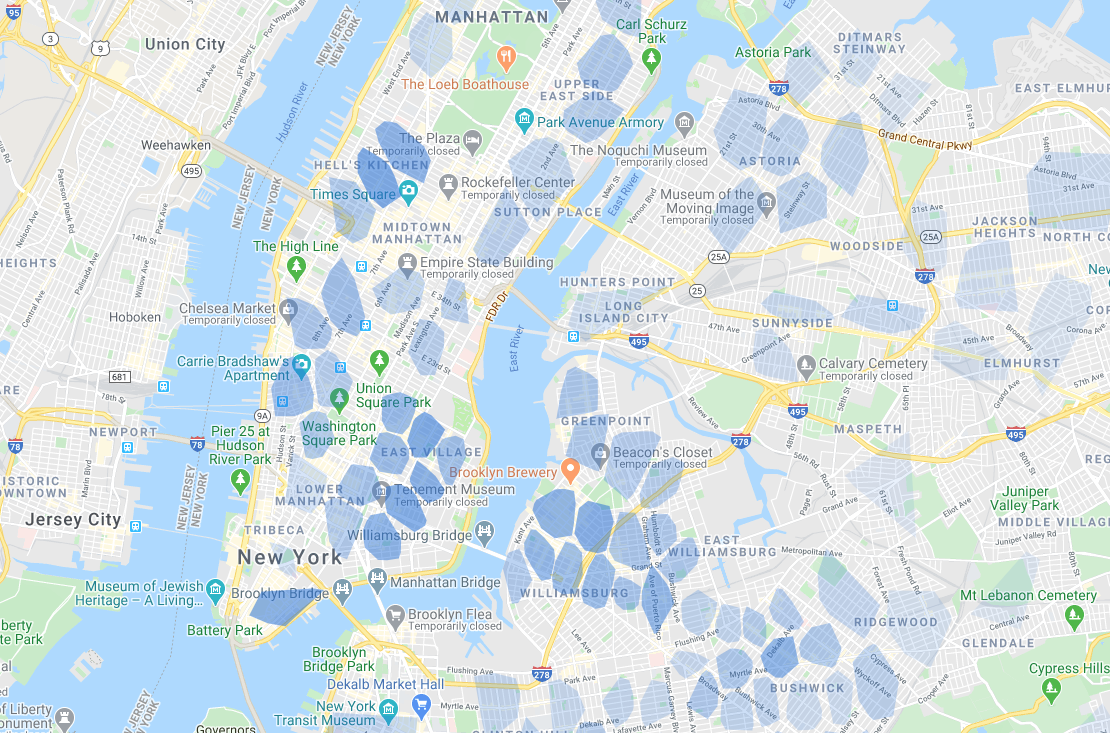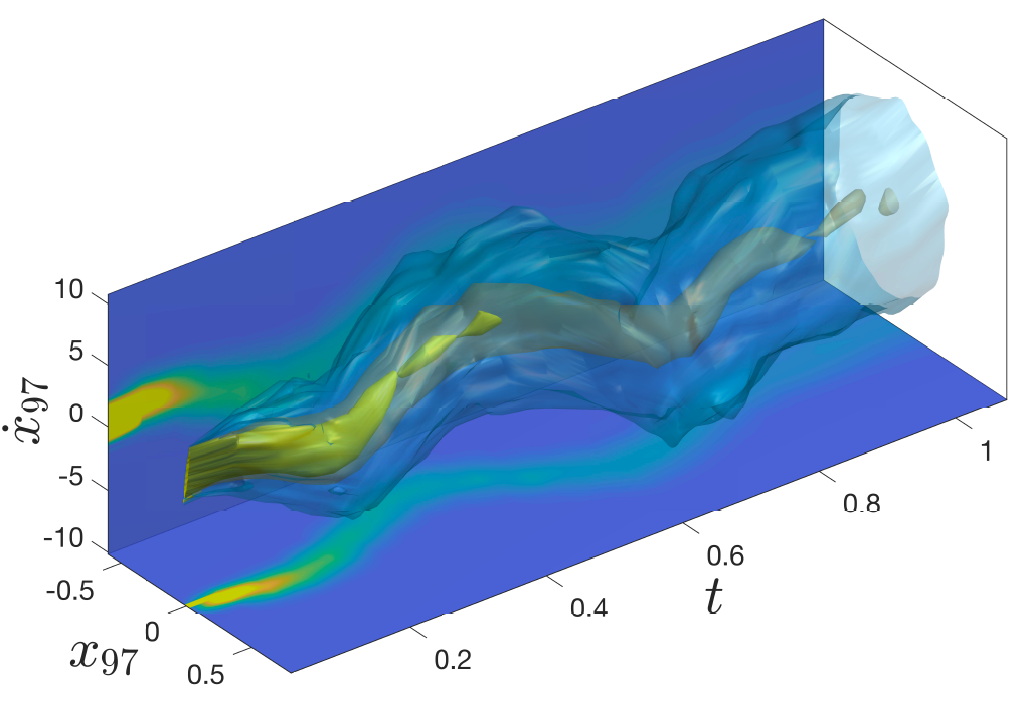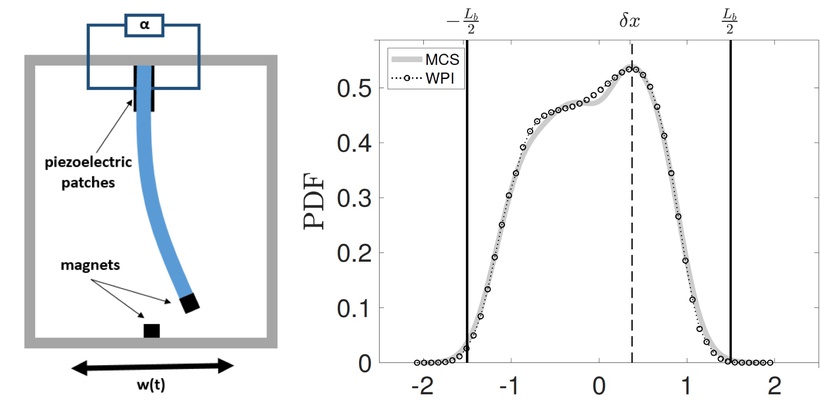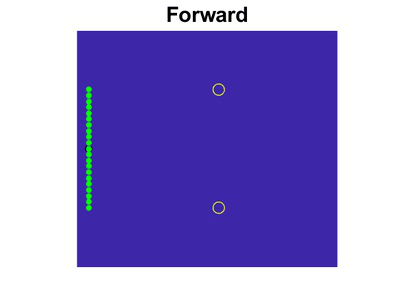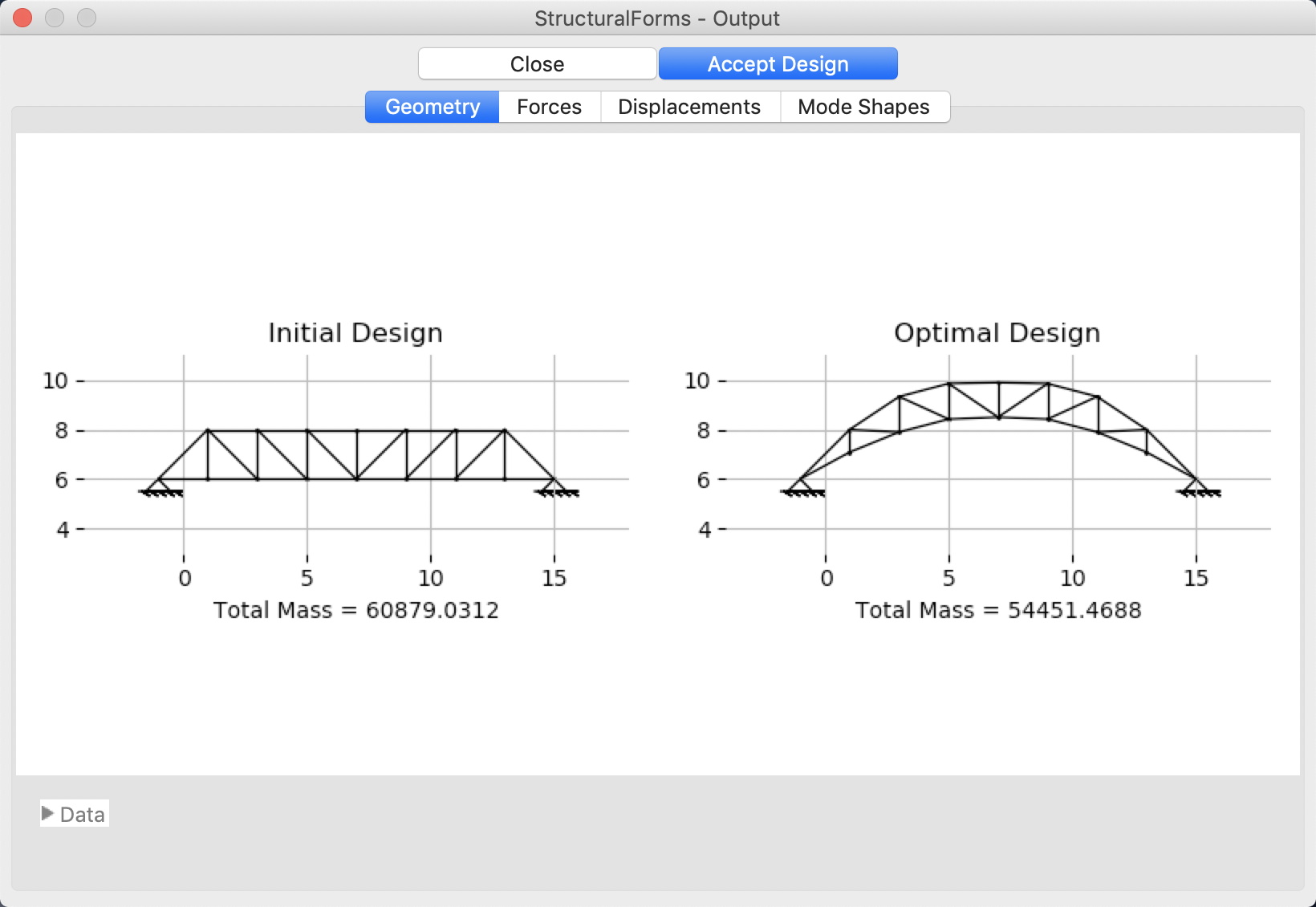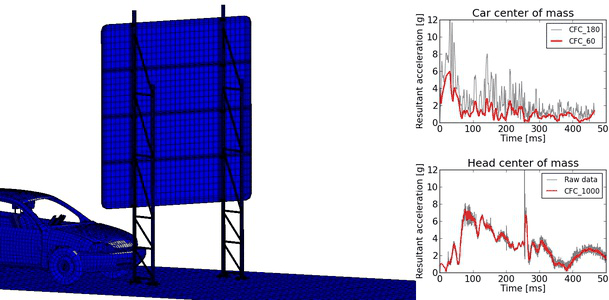I am a final year Ph.D. student in Engineering Mechanics at Columbia University under the supervision of Prof. Ioannis Kougioumtzoglou.
My research interests lie in the fields of Applied Mechanics, Machine Learning, Uncertainty Quantification and Nonlinear Systems.
The physical mechanisms that generate real world phenomena are often characterized by a degree of complexity that is far beyond the capabilities of our theoretical descriptive models and our understanding in general.
Typically, the emerging uncertainty is compensated for by adopting proper stochastic models and/or collecting and analyzing relevant data.
In this regard, my research in computational stochastic dynamics focuses on the efficient statistical description of large-scale complex systems by combining state-of-the-art mathematical models with numerical computation and contemporary data-driven methods.
Currently, I am developing a novel path integral formulation that is orders of magnitude more efficient than the standard Monte Carlo method and I am investigating applications of computational algebraic geometry in engineering mechanics.
My future goals are to bridge the gap between stochastic modelling and the powerful modern data analysis techniques for assisting decision making and improving our understanding of the world.
Education
Experience
Projects
Compressed sensing for multidimensional function approximation
With Ioannis Kougioumtzoglou and Apostolos Psaros
We apply sparse representation techniques including compressed sensing and wavelet transforms for multidimensional function approximation. The main goal is to improve the computational efficiency of the Wiener path integral technique by approximating the joint response PDF in a limited number of carefully chosen points.
[paper1] [paper2] [paper3] [code]Neighborhood recommendation system for 80 large cities
Data science project that utilizes Natural Language Processing and Machine Learning techniques to recommend specific neighborhoods based on user specified keywords. It can be exploited as a standalone product or as a recommendation system for travel, local search and business rating websites. First, a word embedding is learned using a fastText neural network model trained on a large dataset of Airbnb neighborhood descriptions and Yelp and Airbnb reviews. Next, a K-means geographical clustering separates areas with high density in restaurants, bars and entities of general interest. Finally, the neighborhoods that match the user specified keywords are identified by combining cosine similarity and inverse document frequency (IDF) measures.
[website] [code]Wiener path integral techniques for efficient stochastic analysis
With Ioannis Kougioumtzoglou
We improve the numerical efficiency and versatility of the Wiener path integral (WPI); a theoretical physics' variational technique that determines the joint response PDF of nonlinear dynamical systems. We achieved direct marginalization of high-dimensional systems by accounting for free boundaries in the variational problem and treated systems with singular diffusion matrices by introducing dynamic constraints in conjunction with proper basis functions and numerical optimization in Matlab.
[paper1][paper2] [paper3] [presentation1] [presentation2] [code1] [code2]Design optimization of electromechanical energy harvesters
With Ioannis Kougioumtzoglou and Apostolos Psaros
We determine optimal harvester designs that maximize the energy output under stochastic excitation. For that purpose, we exploit the efficiency capabilities of the Wiener path integral technique in determining the stochastic response of nonlinear dynamical systems. The optimization is performed using a grid search algorithm in Matlab.
[paper1] [paper2] [paper3] [presentation] [code]Scatterer detection, separation and localization using time-reversal
With Chrysoula Tsogka and Christos Panagiotopoulos
We developed several time-reversal based imaging techniques for scatterer detection, separation and localization in acoustic and elastic bounded media. The main goal was to establish a framework that can be employed for structural damage localization. We reproduce the time-reversal in the frequency domain with the aid of the Green's function using Matlab and Python and achieved separation of multiple scatterers by employing an SVD on the frequency response matrix.
[paper1] [paper2] [paper3] [paper4] [presentation1] [presentation2] [presentation3]StructuralForms: shape optimization of truss structures
This is a desktop application that performs shape optimization of truss structures by minimizing either the total mass or the external work and the possibility of enforcing various constraints. It features a nice graphical user interface (GUI) for designing the structure, setting-up the optimization problem very easily and displaying the results. The optimization of the nonconvex objective function is performed using the Differential Evolution algorithm. The program is developed in FORTRAN90 and the GUI in Python.
[code]DSFrame2D: structural analysis of frame structures
This is a desktop application for analyzing 2D frame structures and calculating mode shapes. It features a nice graphical user interface (GUI) for designing the structure, assigning parameters and displaying the results. It calculates reaction forces, diagrams of axial and shear forces, diagrams of bending moment, as well as, mode shapes of the structure using various numerical methods. The program is developed in FORTRAN90 and the GUI in Python.
[code] [download] (This is a Windows installer - 3,602 downloads from 132 countries)Assessment of risk for severe injury in car impacts
Advised by Marco Götz and Wolfgang Graf
This is my master thesis project. The goal was to assess the risk for severe injury during vehicle impacts against traffic road signs supporting structures considering polymorphic uncertainty. A detailed Finite-Element (FE) model of the car, the dummy and the structure was developed and various impact scenarios where analyzed using the commercial software LS-DYNA. These results were employed for training a neural network and constructing a response surface which was utilized for a Fuzzy-Stochastic analysis and risk assessment using Python and FORTRAN90.
[thesis] [presentation]






